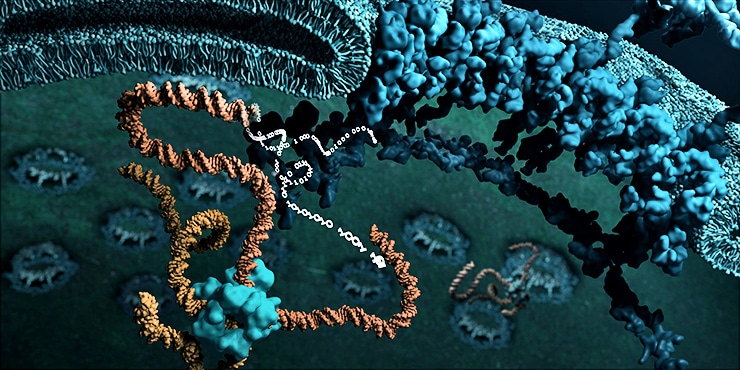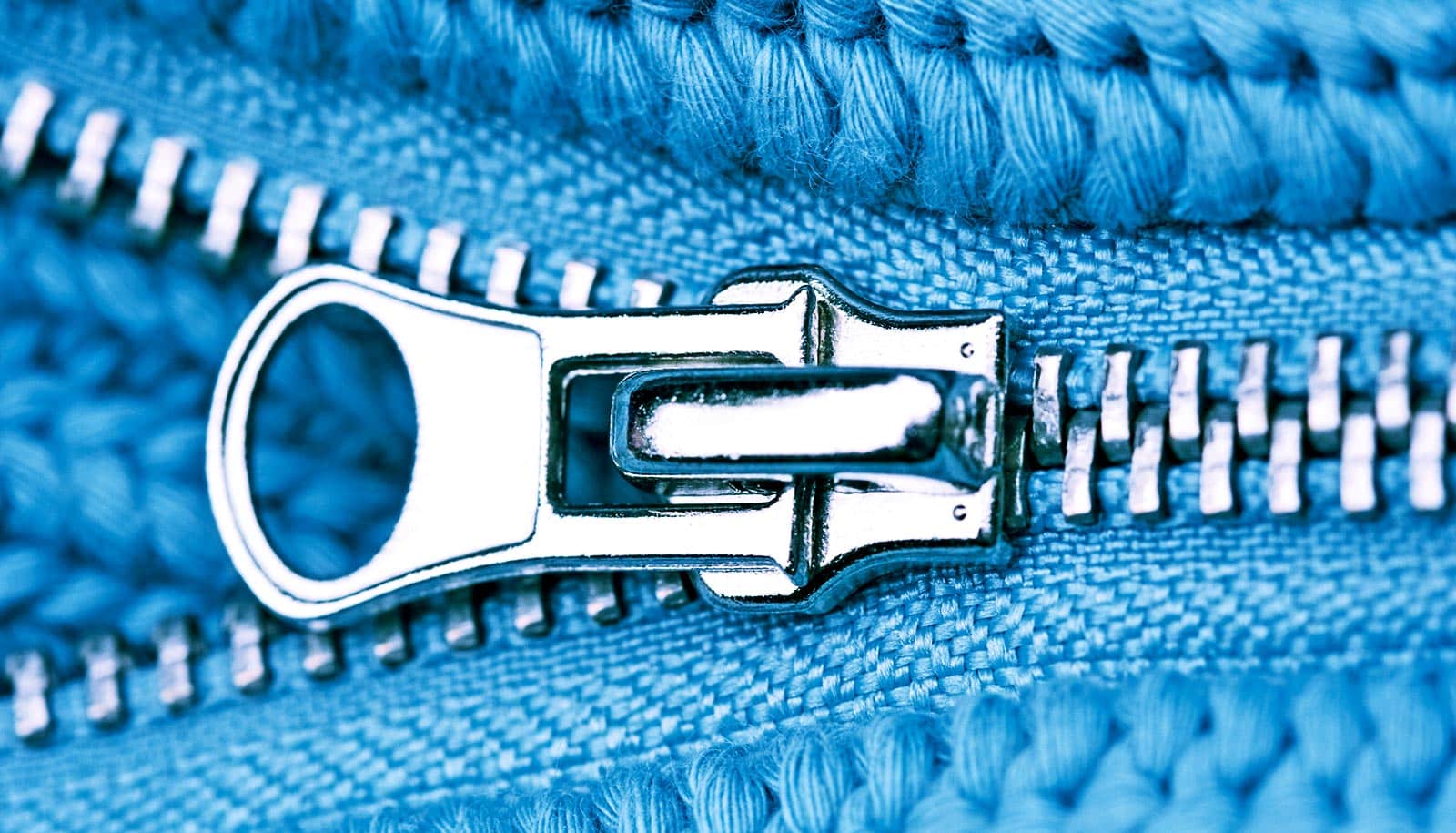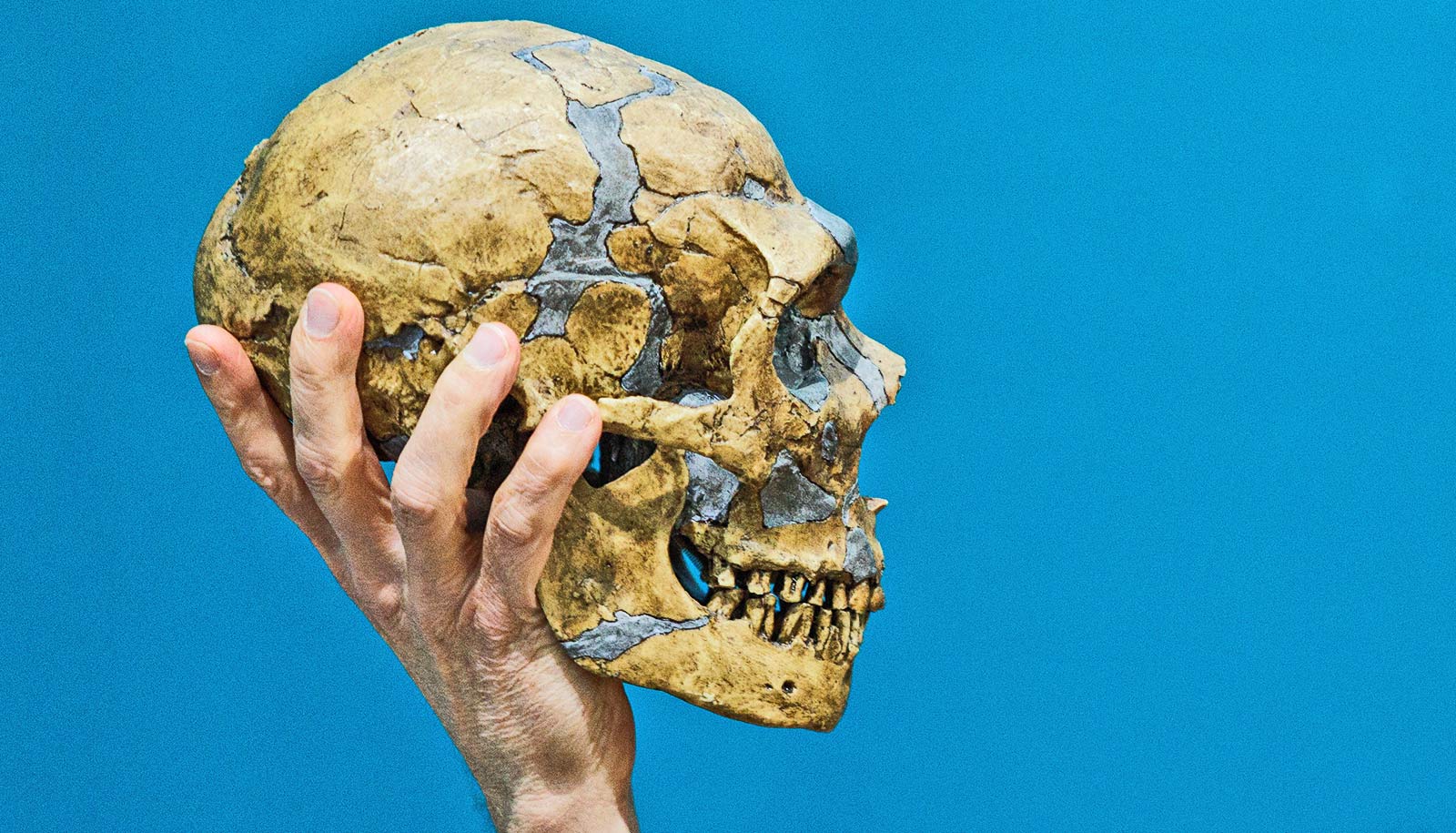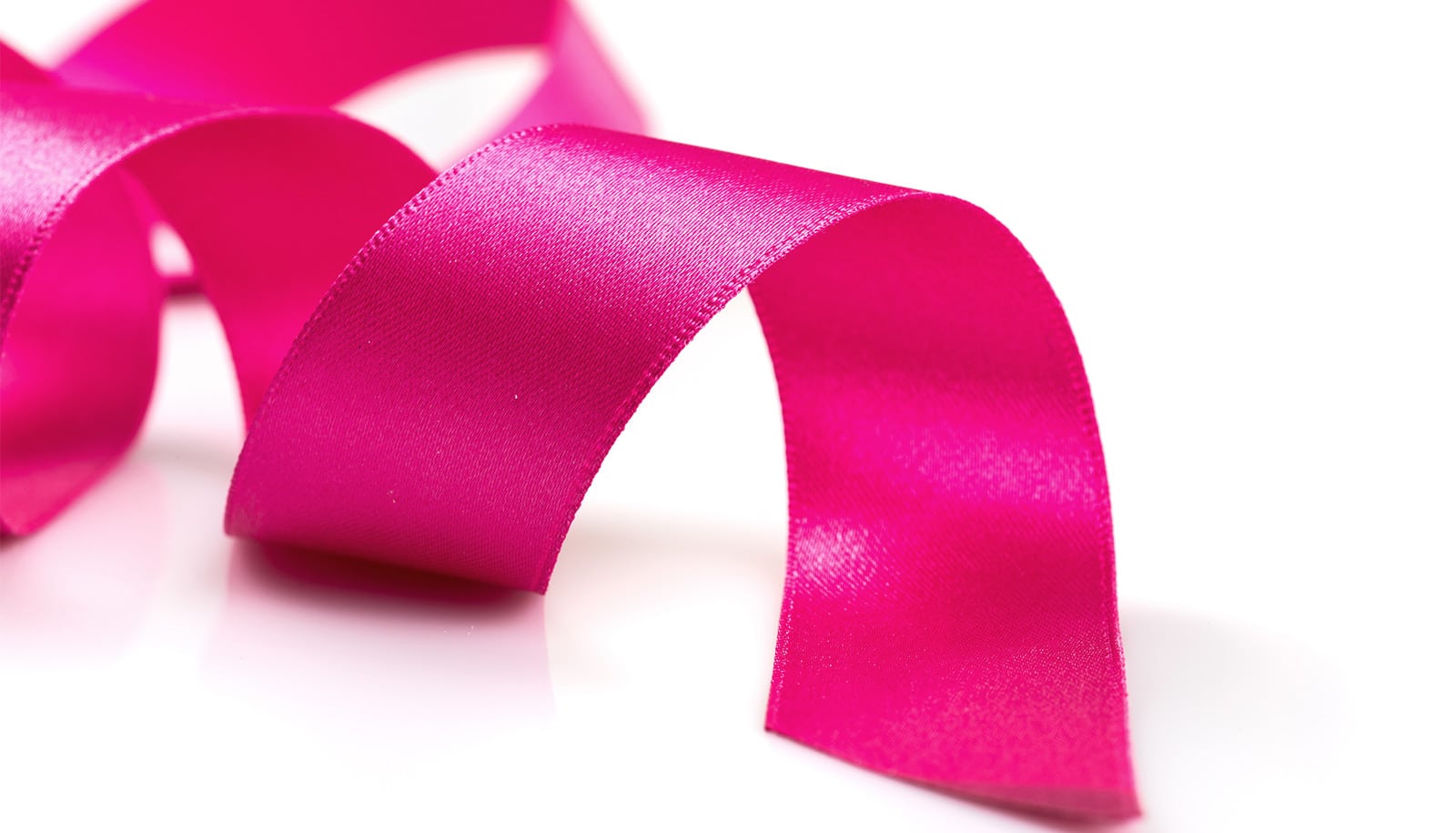Researchers have created a method for transferring large amounts of genetic information into a cell by compressing DNA, then having it decompress once inside the target cell.
What do you do if you have a large document or a high-resolution image that is too big to send via email? You simply “zip” it to a more manageable size using suitable software.
“Instead of sending the information ‘white-white-white-white-white-…’ for every single pixel on a white line, only the message ‘white 1,000 times’ is transmitted,” explains Kobi Benenson, head of the Synthetic Biology Group at ETH Zurich’s biosystems science and engineering department in Basel. Once received, the information can then be returned to its original size, i.e. unzipped.
This method for transferring large digital files inspired Benenson and his colleague Nicolas Lapique to develop an innovative solution for biological systems.

This type of solution could be useful for biologists, particularly for synthetic biology or biotechnology, as scientists are limited when trying to implant large amounts of information into cells in the form of DNA. They can only load the transport vehicles they use for this purpose currently with a limited amount of DNA.
Compressing the DNA data
The basic principle behind this innovative DNA compression is the same as the principle behind zipping a digital file: “Elements that come up often in the DNA sequence to be implanted are only transmitted once,” explains Benenson.
For example, this could apply to promoters—sections of DNA that regulate if and how the associated gene is read. If the DNA to be transported into the cell contains four different genes that all have the same promoter, it will only be included once.
Removing redundancies isn’t the end of the process, however. The researchers assemble the DNA to be transported into the cell in accordance with specific rules. Benenson talks about this as “compressed encoding.”
For instance, to transfer the DNA containing the four genes in the above example, the researchers first give them a joint promoter. They string together the four coding gene sequences compactly on the DNA double strand. They equip it with individual stop sequences and—importantly—different binding sites for a recombinase, an enzyme that can open, rotate, and reassemble DNA strands.
“The recombinase takes on the role of the decompression software,” explains Benenson. It ensures that the components of the compressed DNA are assembled in working order inside the cell. For the four example genes, this means that each will receive their own promoter once they reassemble.
Tiny DNA capsules smuggle molecules into cells
Benenson and Lapique were able to demonstrate that this new method actually allows researchers to implant large “genetic programs” in mammalian cells.
“These are man-made and carry out specific tasks within the cells,” explains Benenson.
In other words, they comprise a whole arsenal of biological components such as proteins and RNA that work within the cell in a coordinated manner to achieve a goal that scientists define. In biotechnology, this method would allow the creation of certain complex substances such as active ingredients for medicines.
Hopes and hold ups
Benenson’s group, however, is working on genetic program that will hopefully master much more complicated tasks in the future. One such task is cancer targeting, which means that the program can detect specific substances, the markers, in a cell.
Depending on the concentration, it decides whether the cell is healthy or whether it is a tumor cell—which the program would then be able to independently eliminate. It would be a kind of all-in-one solution for combating tumors that would cover the examination, diagnosis, and even treatment. Researchers have shown this approach works in cell cultures and they hope to test it in an animal model as well.
The accuracy of deciding whether a cell is healthy or cancerous is still not high enough with currently available DNA delivery methods, particularly because researchers cannot apply enough unique markers at once, due to the limited amount of DNA that they can transmit.
“A combination of four to six markers would be ideal,” explains Benenson. In order to detect all these, however, the corresponding number of sensors is needed to recognize the marker substances.
To find new drugs, make ‘libraries’ from DNA
More sensors—this involves proteins, RNA, and DNA components—would also mean that researchers would have to implant more DNA in the cell as the sensors’ blueprint. They hope that a program can use this new DNA compressing and decompressing method to implement additional sensors and thus increase the accuracy rate.
The genetic programs Benenson and Lapique developed are structured logically and function in a similar way to computer programs. “Our research is often inspired by computer science and information technology,” explains Benenson.
The researchers report their work in the journal Nature Nanotechnology.
Source: Maja Schaffner for ETH Zurich



